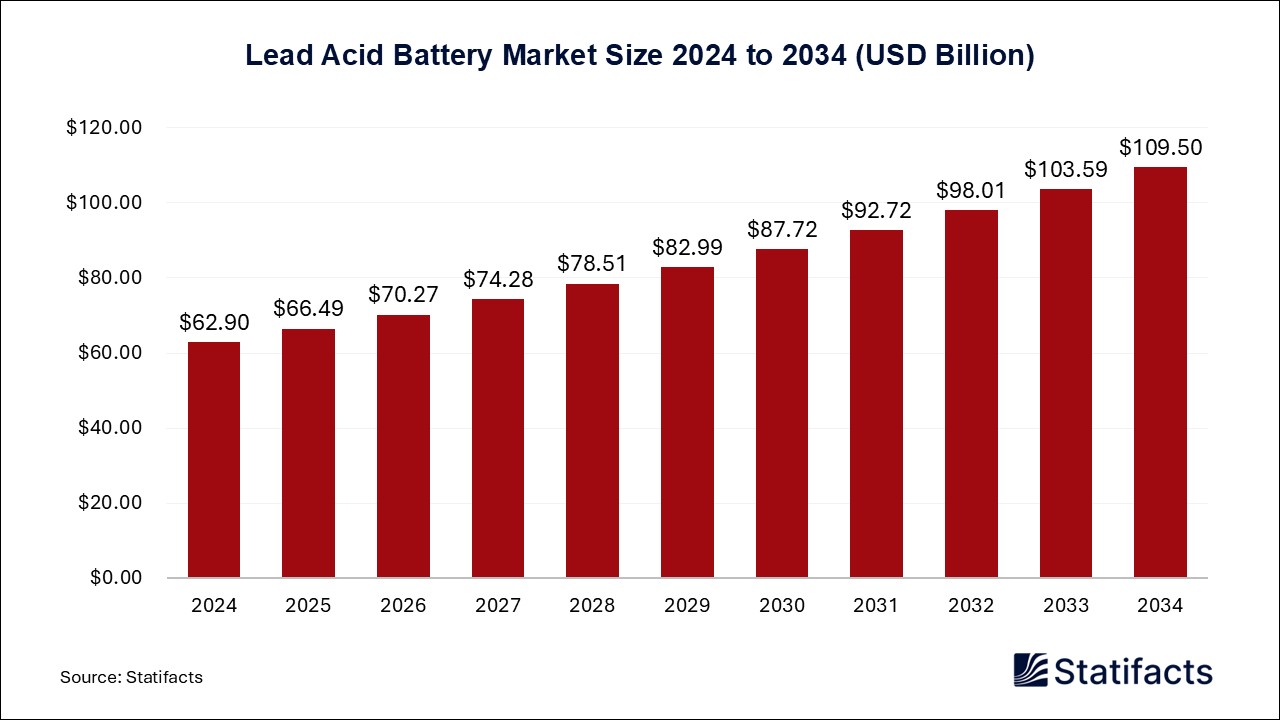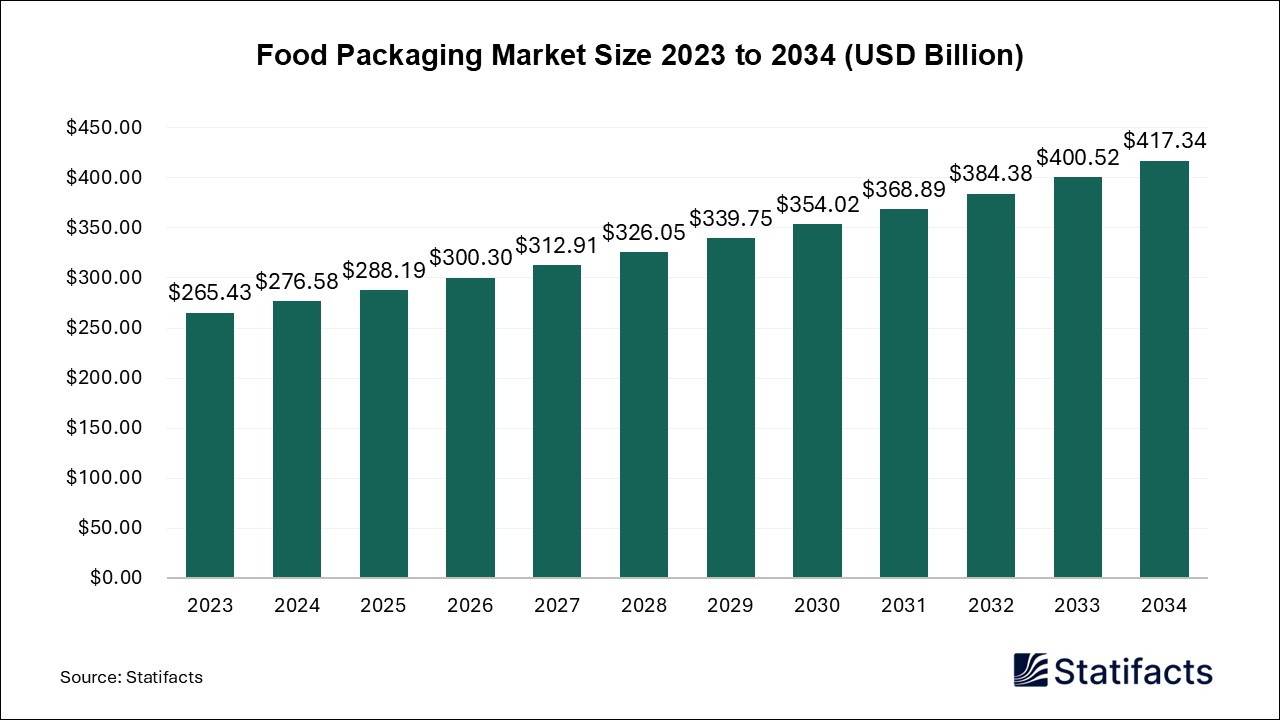Last Updated: 26 Jun 2025
Source: Statifacts
By clicking “Accept All Cookies” you agree to the storing of cookies on your device to enhance site navigation, analyze site usage, and assist in our marketing efforts.
Privacy PolicyThe U.S. space semiconductor market size accounted for USD 1201 million in 2024 and is predicted to touch around USD 2029 million by 2034, growing at a CAGR of 5.38% from 2025 to 2034.
| Industry Worth | Details |
| Market Size in 2025 | USD 1,280 Million |
| Market Size by 2034 | USD 2,029 Million |
| Market Growth Rate from 2025 to 2034 | CAGR of 5.38% |
The U.S. space semiconductor market is an emerging market focused on the manufacture of specialized electronic components, among them, semiconductors, for use in space missions and satellite systems. Semiconductors are a key technology in space because they perform the functions for the various systems that control, manage, and facilitate communication, navigation, power, etc. Space-based chips have exceptionally robust design requirements to withstand the rigors of the extreme environment of space, including heavy radiation and temperature conditions ranging from extreme cold (290K) to extremely high temperatures (500K).
The U.S. remains the dominant player in this space semiconductor market, with the demand driven by government and commercial programs to develop reliable and durable semiconductor technologies for increasingly on-orbit and exploration systems. As the industry grows and evolves, the need for increased computing power and efficiency for semiconductors continues to increase. As would be expected in a high-tech market, innovation in better performance and efficacy for space electronics develops interest and investment in the space semiconductor market.
Published by Shubham Desale
Last Updated: 26 Jun 2025
Source: Statifacts
Last Updated: 26 Jun 2025
Source: Statifacts
| Subsegment | 2024 | 2025 | 2026 | 2027 | 2028 | 2029 | 2030 | 2031 | 2032 | 2033 | 2034 |
|---|---|---|---|---|---|---|---|---|---|---|---|
| SRAM | 121.80 | 130.30 | 138.70 | 147.10 | 155.20 | 163.60 | 172.60 | 182.00 | 192.00 | 201.60 | 211.40 |
| nvSRAM | 30.00 | 31.60 | 33.10 | 34.60 | 36.00 | 37.30 | 38.80 | 40.20 | 41.80 | 43.30 | 44.80 |
| F-RAM | 44.20 | 47.30 | 50.50 | 53.70 | 56.70 | 60.00 | 63.40 | 67.00 | 70.80 | 74.50 | 78.30 |
| NOR Flash | 19.70 | 21.10 | 22.50 | 23.90 | 25.20 | 26.60 | 28.00 | 29.60 | 31.20 | 32.80 | 34.40 |
| EEPROM | 50.00 | 53.10 | 56.10 | 59.20 | 62.00 | 64.90 | 68.00 | 71.20 | 74.60 | 77.90 | 81.20 |
| Flash | 70.70 | 75.50 | 80.20 | 84.90 | 89.30 | 94.00 | 98.90 | 104.10 | 109.60 | 114.90 | 120.30 |
Last Updated: 26 Jun 2025
Source: Statifacts
| Subsegment | 2024 | 2025 | 2026 | 2027 | 2028 | 2029 | 2030 | 2031 | 2032 | 2033 | 2034 |
|---|---|---|---|---|---|---|---|---|---|---|---|
| SRAM | 121.80 | 130.30 | 138.70 | 147.10 | 155.20 | 163.60 | 172.60 | 182 | 192 | 201.60 | 211.40 |
| nvSRAM | 30 | 31.60 | 33.10 | 34.60 | 36 | 37.30 | 38.80 | 40.20 | 41.80 | 43.30 | 44.80 |
| F-RAM | 44.20 | 47.30 | 50.50 | 53.70 | 56.70 | 60 | 63.40 | 67 | 70.80 | 74.50 | 78.30 |
| NOR Flash | 19.70 | 21.10 | 22.50 | 23.90 | 25.20 | 26.60 | 28 | 29.60 | 31.20 | 32.80 | 34.40 |
| EEPROM | 50 | 53.10 | 56.10 | 59.20 | 62 | 64.90 | 68 | 71.20 | 74.60 | 77.90 | 81.20 |
| Flash | 70.70 | 75.50 | 80.20 | 84.90 | 89.30 | 94 | 98.90 | 104.10 | 109.60 | 114.90 | 120.30 |
The market is growing due to rising investments in satellite constellations, deep-space missions, and defense space programs. Increased demand for radiation-hardened (rad-hard) semiconductors is also a key driver.
Radiation-hardened integrated circuits (ICs) dominate, as they ensure durability and performance in extreme space conditions such as cosmic radiation and temperature fluctuations.
Key applications include satellite communications, earth observation, navigation systems, and spacecraft electronics in both commercial and defense sectors.
Major players include Microchip Technology, BAE Systems, Honeywell Aerospace, and Texas Instruments, all of whom offer rad-hard solutions tailored for aerospace use.
Yes, U.S. government initiatives like Space Force modernization, NASA missions, and private-public partnerships strongly influence funding, innovation, and procurement in this market.
To get full access to our Market Insights, you need a Professional Account or a Business Suite.

You will receive an email from our Business Development Manager. Please be sure to check your SPAM/JUNK folder too.

You will receive an email from our Business Development Manager. Please be sure to check your SPAM/JUNK folder too.

Our customers work more efficiently and benefit from



